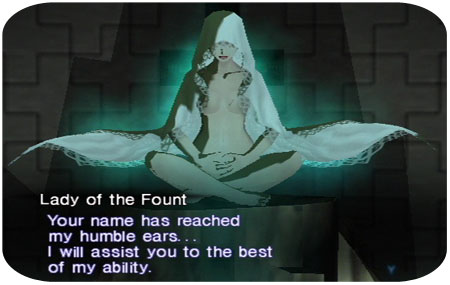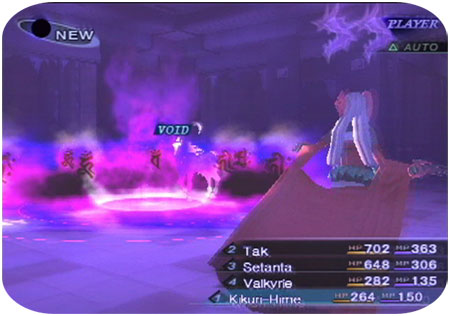
(Original image source: Atlus.)
Shin Megami Tensei III: Nocturne completed!
Or at least I’ve completed one of the endings, the only one that resonated with me. There are six altogether but I very much doubt I’ll try to get the others. The game isn’t especially hard, but it can be incredibly vexing, and the prospect of going through it all over again simply to get an unsatisfying ending leaves me cold.
The game is certainly beatable without guides, hints and tips, but I can understand why the Nocturne guide is such a popular item. Going it on your own, as I did, was an aggravating experience. The second half of this game has some poor level designs with the Red Temple, White Temple and upper half of the final tower being especially horrible. These wretched designs required no skill or thought to complete; the player simply needed to try a few dozen possibilities one after another to find the one correct path that allowed progress.
To be fair, there are a few dungeon levels in the game with clever little logic puzzles that are quite satisfying to complete, but my overwhelming impression is the developers were padding the game with large amounts of random encounters along with design elements which require investments of time instead of skill.
If you’re ever faced with a choice between Nocturne and Persona 3 FES, I would recommend going with the latter every single time. P3F’s mundane high school setting may have less appeal compared to Nocturne’s dark and edgy vibe, but P3F, a newer Atlus game, is a much more refined design.
Clearly, Atlus managed to learn something from Nocturne’s critical weaknesses.
Continued…




